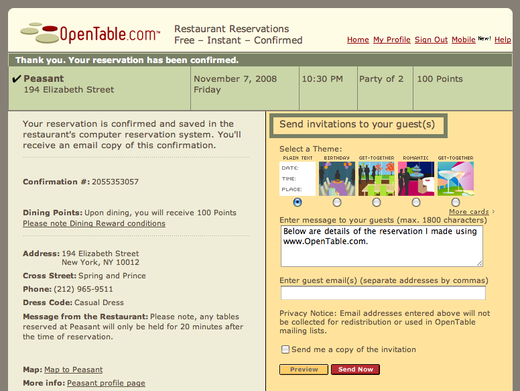Ta-da List just moved to three exciting platforms: Rails 2.2, Phusion Passenger, Amazon EC2.
This is an important milestone for 37signals. As proponents of simplicity, we really felt the difference the latter two technologies made for server provisioning and deployment. As we grow more comfortable with these services, we’ll be moving other applications this way and writing more about the results.
Phusion Passenger
After we comissioned Phusion to add global queueing to Passenger, we felt it was time to give it a try. Since we were already on Apache, it proved a simple transition. We’re really impressed with the ease of deployment and stability under Passenger. The app now requires less than 10 lines of configuration to launch and deploy. Passenger handles its own process spawning: done. Its command line tools for monitoring requests and memory usage complete the package for easy integration into monitoring tools.
Amazon EC2
This has been my ongoing project at 37signals. Avoiding the extra layer of low-level setup involved with our current Xen-based virtualization system brought me closer to the core concerns of our environment – how to best automate support for the applications from the systems side. More often than not, a traditional server deployment consists of a range or organically provisioned services and environments. Ours is no exception, due to the rapidly-changing requirements of each application. EC2’s lack of persistence forces you to think about automating this from the start. This turns out to be a blessing in disguise. Setting up a full environment consisting of dedicated instances for mail, Nagios/remote logging, application serving, a master and a slave now takes about 5 minutes.
In future posts we’ll detail how we used combination of image bundling and a custom EC2 deployment tool to build the Ta-da List environment.
If you haven’t documented your server deployment process in code or experimented with these technologies, now is the time.


 I have the usual gripes with cable/satellite/telecom company customer service like most people. However, I recently had an experience with DirecTV that left me feeling good about doing business with them.
I have the usual gripes with cable/satellite/telecom company customer service like most people. However, I recently had an experience with DirecTV that left me feeling good about doing business with them.








